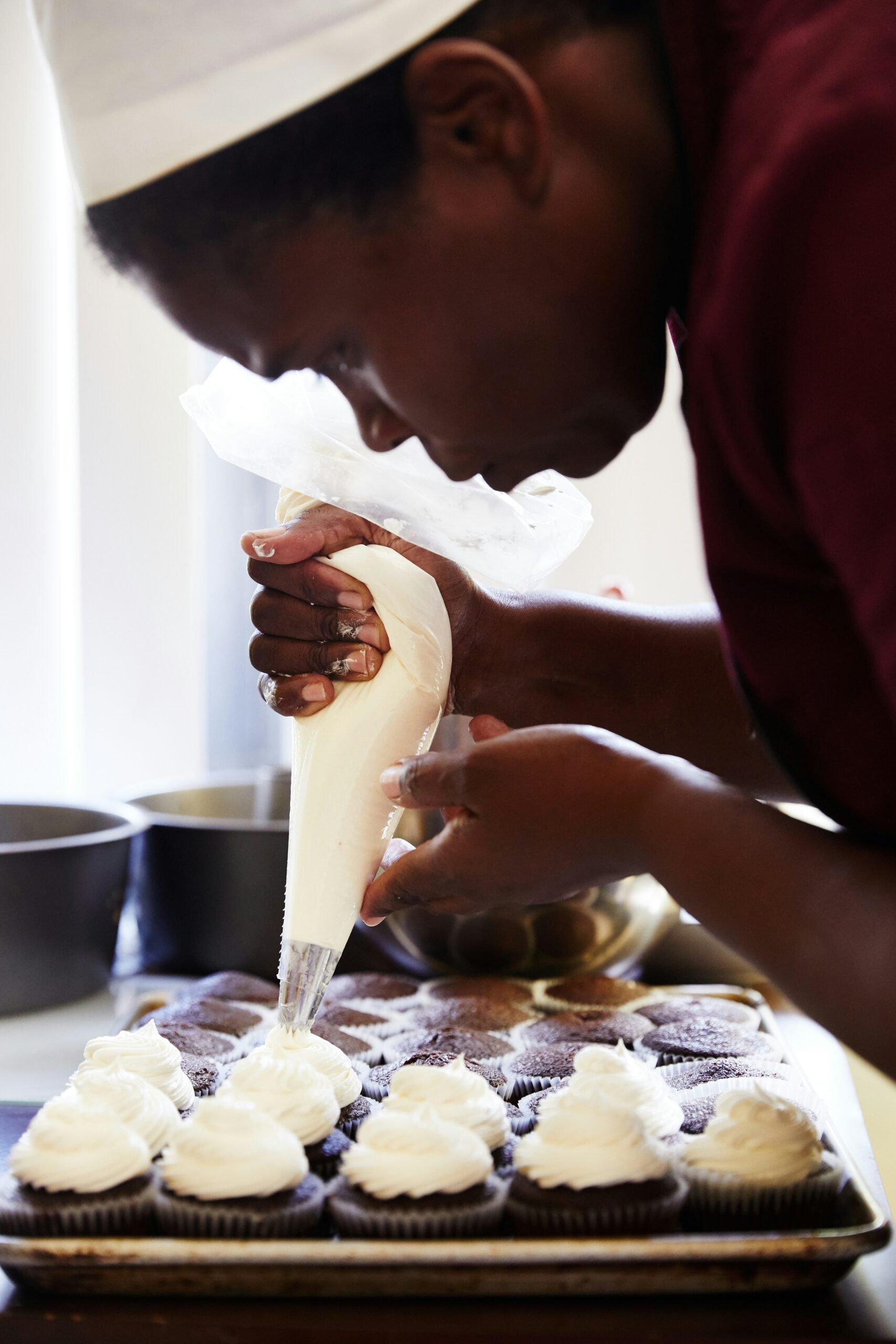The Science of Effervescence in Baking
The phenomenon of effervescence in baking, especially in the creation of fizzy cakes, hinges on a complex interplay of chemical reactions primarily involving leavening agents. Baking soda, which is a base, reacts with acidic components present in the mixture, such as vinegar or the acids found in carbonated beverages. This reaction produces carbon dioxide gas, which is responsible for the bubbles that help the cake rise. The release of this gas occurs rapidly during the baking process, leading to the signature light and airy texture that defines fizzy cakes.
Incorporating ingredients like vinegar not only contributes to the rise but also enhances the overall flavor profile of the dessert. The acidic nature of vinegar interacts with the baking soda to produce an effervescent effect, leading to a moist crumb. Many bakers opt for carbonated soft drinks or club soda as alternatives, as these beverages contain dissolved carbon dioxide. As the heat increases during baking, the gas expands and escapes, providing an additional lift. Each fizzy ingredient not only serves a functional purpose but also influences the taste, creating a delightful balance between sweetness and acidity.
The choice of effervescent ingredients can significantly alter the outcome of a cake. For instance, using cola may impart a distinct flavor alongside the carbonation, whereas lemon-lime soda might add a zesty, refreshing twist. By varying the combinations of these fizzy ingredients, bakers can achieve a range of experiences, from richly flavored cakes to those with a lighter essence. The resultant textures and tastes from different interactions provide an innovative canvas for creative baking, appealing to all who indulge in this unique dessert experience.
Creative Combinations: Flavor Pairings and Decoration Ideas
Fizzy cakes have gained popularity not just for their unique texture but also for their ability to pair beautifully with a variety of flavors. When exploring innovative flavor pairings, it is essential to consider both classic and unexpected options that enhance the effervescent qualities of fizzy cakes. A delightful combination could include the timeless pairing of lemon and raspberry, where the tartness of the fruit complements the cake’s light, airy base. Likewise, a more unconventional choice, such as lavender and honey, introduces floral notes that elevate the overall experience, providing a refreshing twist that excites the palate.
Fruit infusions play a key role in enhancing fizzy cakes. Offering an assortment of fresh fruits, such as strawberries, peaches, or even exotic fruits like passionfruit, can enhance both flavour and texture. Consider incorporating purees or zests into the batter to achieve a burst of freshness in each slice. Sweet accents, such as caramel drizzle or a sprinkle of powdered sugar, can also create a delicate balance with the effervescent nature of the cake, ensuring a rounded taste profile that is both satisfying and light.
The presentation of fizzy cakes is equally important. To elevate the visual appeal for special occasions, use decorative elements that play off the cake’s bubbly qualities. Toppings such as whipped cream infused with sparkling water or a dusting of edible glitter can create an enticing look that captures attention. Additionally, garnishing with fresh herbs like mint or thyme not only adds aesthetic value but offers aromatics that enhance the dining experience. Using vibrant fruits as edible decorations, artfully arranged on top of the cake, can make a striking centerpiece, turning any gathering into an extraordinary celebration.
